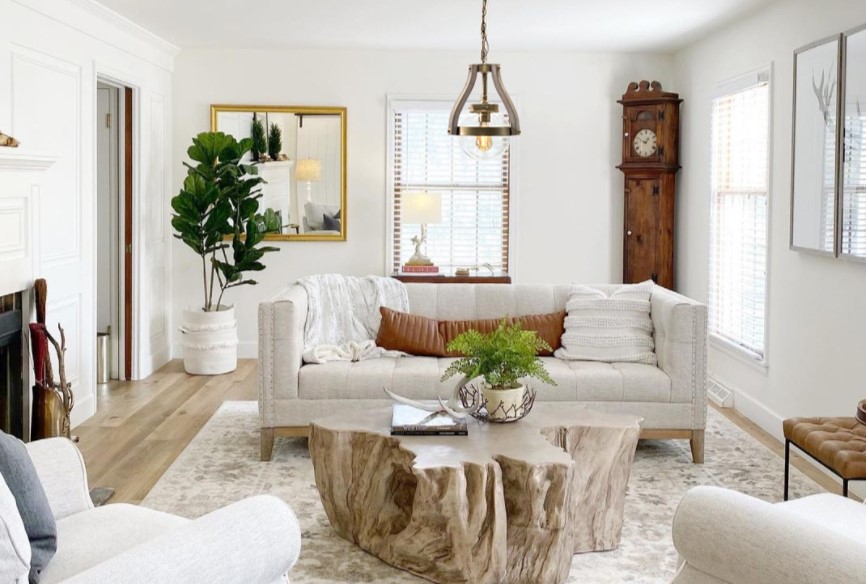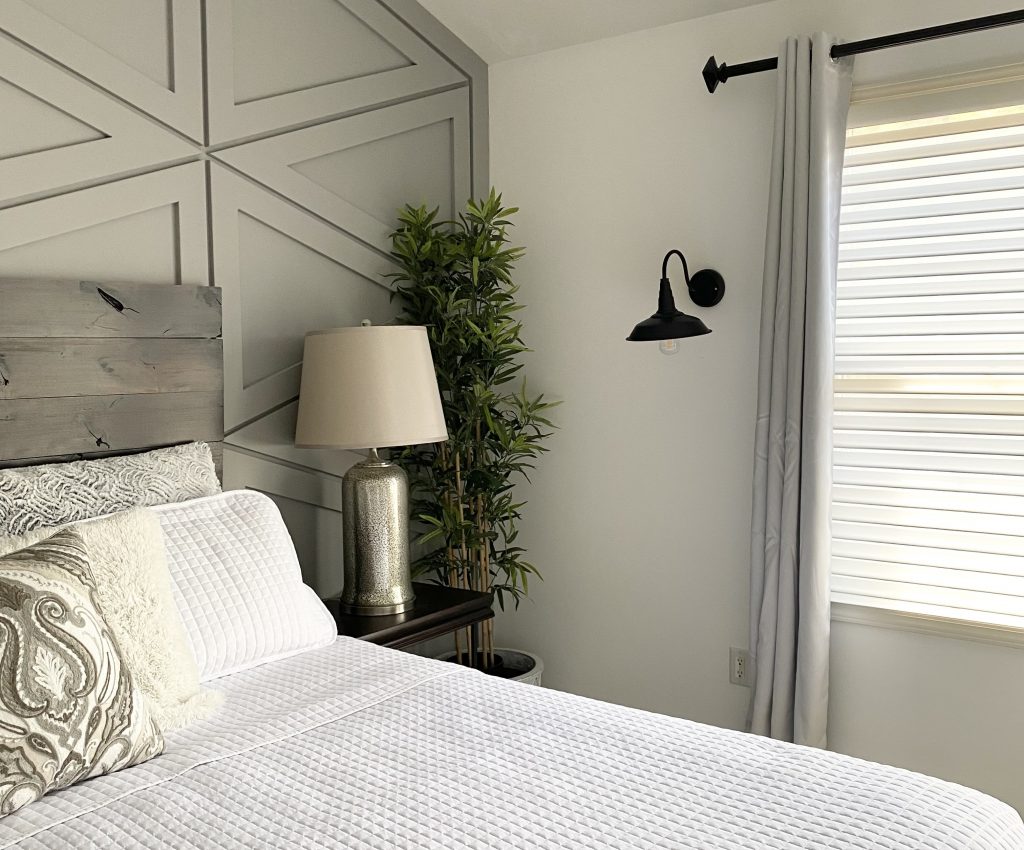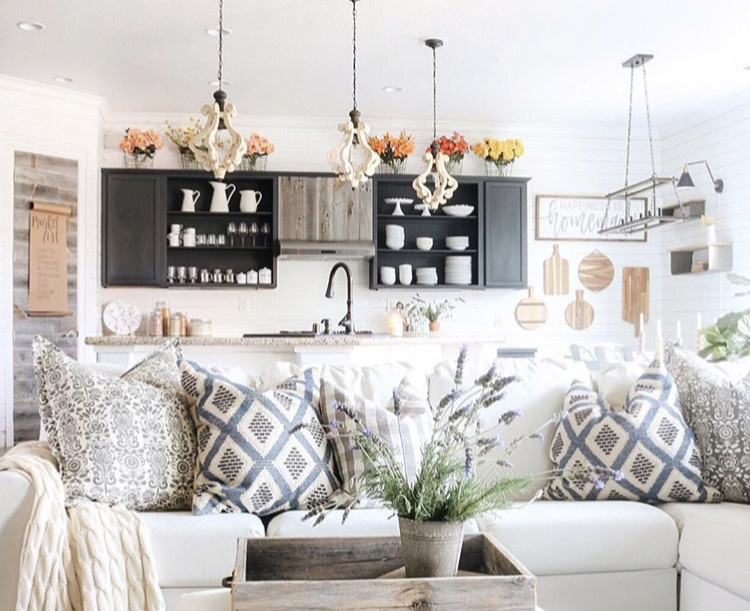Farmhouse Lighting 101: Everything you need to know to light up your space

Lighting plays a crucial role in setting the mood and tone of any space. It is especially important in a farmhouse where creating a warm, inviting, and cozy atmosphere is essential. Whether you are renovating an old farmhouse or building a new one, choosing the right lighting fixtures and design can make a significant difference in enhancing the beauty and functionality of your home. In this article, we will discuss the best way to use lighting in your farmhouse. Lighting options should create an ambiance that is both welcoming and functional.

Pivoting European Wall Sconce
Explore the Different Types of Lighting
First and foremost, when it comes to lighting in a farmhouse, natural light is king. Large windows, skylights, and French doors can bring in a lot of natural light. This makes the space feel brighter, more spacious, and more connected to the outdoors. If you are renovating an old farmhouse, consider adding more windows or enlarging existing ones to maximize natural light. If you are building a new farmhouse, make sure to design it with plenty of natural light in mind.
In addition to natural light, the key to successful farmhouse lighting is layering. Layered lighting creates depth and dimension, making a space feel more inviting and cozy. There are three primary types of lighting: ambient, task, and accent lighting. Ambient lighting is the primary source of light in a room and should be evenly distributed throughout the space. Task lighting illuminates specific areas where tasks are performed, such as reading or cooking. Accent lighting highlights particular features in a room, such as artwork or architectural details.
For ambient lighting in a farmhouse, consider using fixtures that are reminiscent of traditional farmhouse style, such as chandeliers, lanterns, and pendant lights. These fixtures can create a warm and inviting glow, and their rustic charm adds character to the space. Be sure to choose fixtures that are the appropriate size for the room. Lighting should be warm and inviting.
For task lighting in a farmhouse, consider using a mix of table lamps, floor lamps, and under-cabinet lighting. Table lamps and floor lamps create a cozy reading nook or to illuminate a workspace. Under-cabinet lighting in the kitchen can help illuminate countertops and make food preparation easier.
For accent lighting, consider using directional spotlights or track lighting to highlight artwork or architectural features. Wall sconces create a warm and welcoming atmosphere in hallways or entryways.

Gilda Tabletop Lamp
Farmhouse Lighting Fixtures
When choosing lighting fixtures, it is important to consider the size and scale of the room. For example, a large chandelier may look out of place in a small dining room, while a small pendant light may not provide enough light for a large living room. Additionally, consider the overall style of the farmhouse when choosing lighting fixtures. Fixtures that are too modern may clash with traditional farmhouse style. On the other hand, fixtures that are too rustic may look out of place in a more contemporary farmhouse.

Distressed White Wood Chandelier
The Importance of Lighting Color
Another important consideration when using lighting in a farmhouse is the color temperature of the light. Warm white light (around 2700-3000K) is ideal for creating a cozy and inviting atmosphere. Cooler white light (around 4000-5000K) is best for task lighting. It is important to choose light bulbs with the appropriate color temperature for the type of lighting and mood you are trying to create.
Finally, consider using dimmer switches to control the intensity of the light in each room. Dimmer switches allow you to adjust the lighting to the appropriate level for different activities, such as entertaining, relaxing, or working. They can also help save energy and extend the life of your light bulbs.
In conclusion, lighting is a critical component of creating a warm and inviting atmosphere in your farmhouse. By maximizing natural light, layering different types of lighting, choosing appropriate fixtures, and controlling the color temperature and intensity of the light with dimmer switches, you can create a space that is both functional and beautiful. When done correctly, lighting can enhance the architectural features of your farmhouse, highlight artwork, and create a cozy and inviting ambiance that is perfect for relaxing or entertaining.
Quick Tips to Remember
While there are no hard and fast rules when it comes to farmhouse lighting, there are a few tips to keep in mind. First, think about the overall style of your farmhouse and choose lighting fixtures that complement that style. Second, consider the size and scale of the room when choosing fixtures. Finally, don’t be afraid to experiment with different types of lighting to find the perfect balance for your space.
In addition to these tips, it is also important to consider the placement of your lighting fixtures. For example, in a living room, you may want to place a chandelier or pendant light in the center of the room for ambient lighting. Then use floor lamps or table lamps to create task lighting in specific areas. In the kitchen, you may want to use under-cabinet lighting for task lighting. Then add a pendant light over the kitchen island for ambient lighting.

Contrasting Wood and Brushed Metal Pendant Light
In summary, the best way to use lighting in your farmhouse is to maximize natural light, layer different types of lighting, choose appropriate fixtures, control the color temperature and intensity of the light, and experiment with placement. By doing so, you can create a space that is both functional and beautiful, and that embodies the warmth and charm of a traditional farmhouse.